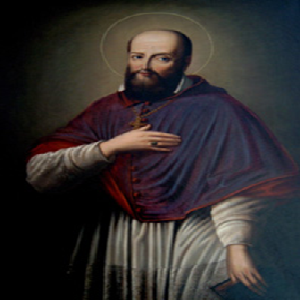Global

Christian Classics Ethereal Library
This is still quite easily the best single location of source materials in English for the Reformation period online.
National Security Archive: Sources on Europe
These materials help students discover that history does not follow a predetermined course, but is the result of decisions, any one of which could drastically alter history’s outcome.
Foreign Relations of the United States, Volume XVII: Near East, 1961-1962
These documents provide crucial historical evidence of the attitudes American diplomats and officials held toward the countries of the Middle East, as well as uncovering aspects of foreign relations from an American perspective at the height of the Cold War.
Internet African History Sourcebook
The site provides broad chronological and geographic coverage, with a particularly impressive list of sources for ancient Egypt and Greek and Roman Africa. It is a gateway to an abundance of information.Long Teaching Module: Sexuality, Marriage, and Age of Consent Laws, 1700-2000
In western law, the age of consent is the age at which an individual is treated as capable of consenting to sexual activity. Consequently, any one who has sex with an underage individual, regardless of the circumstances, is guilty of a crime.
Grievance List (September 1789)
The Haitian free blacks and creoles, many of them substantial property owners and slaveholders, sent delegates to the National Assembly in France with a list of their stated grievances and demands.
The Coffee Planter of Saint Domingo (London, 1798)
Here Pierre Joseph Laborie provides the perspective of the planter. He gives a detailed description of the organization of enslaved labor in the production of coffee.
The Slaves from Africa
Born in 1750, Mederic-Louis-Élie Moreau de Saint-Mery grew up in Fort Royal, Martinique as a white Creole and studied law in Paris, France.
The Maroons
Born in 1750, Mederic-Louis-Élie Moreau de Saint-Mery grew up in Fort Royal, Martinique as a white Creole and studied law in Paris, France.
That Seductive Mulatto Woman
Born in 1750, Mederic-Louis-Élie Moreau de Saint-Mery grew up in Fort Royal, Martinique as a white Creole and studied law in Paris, France.